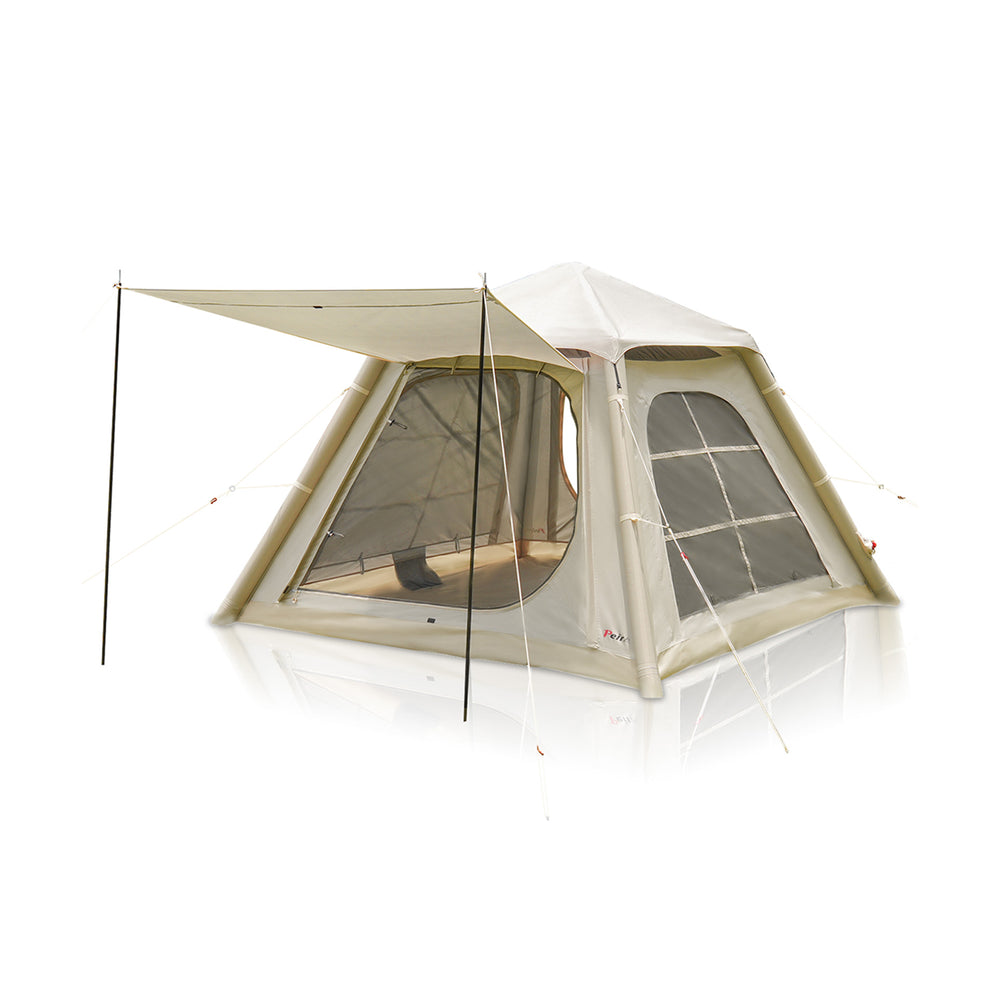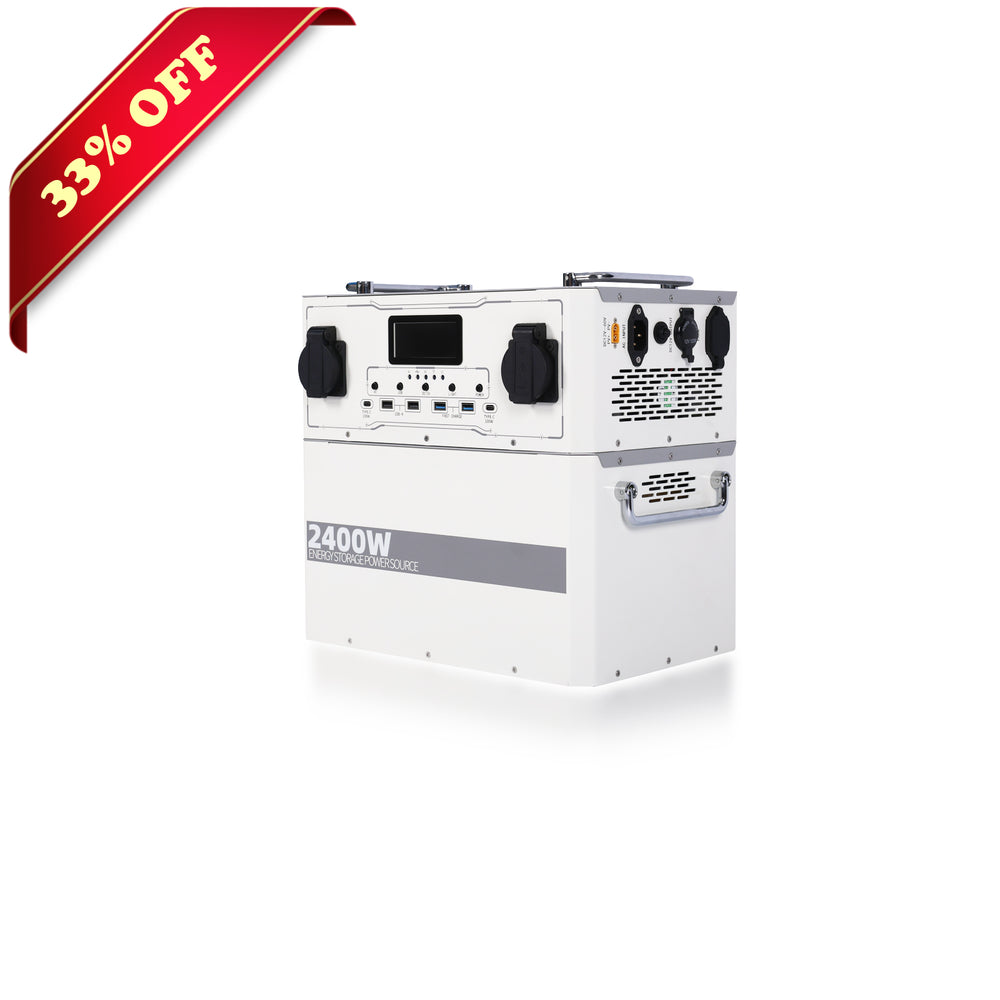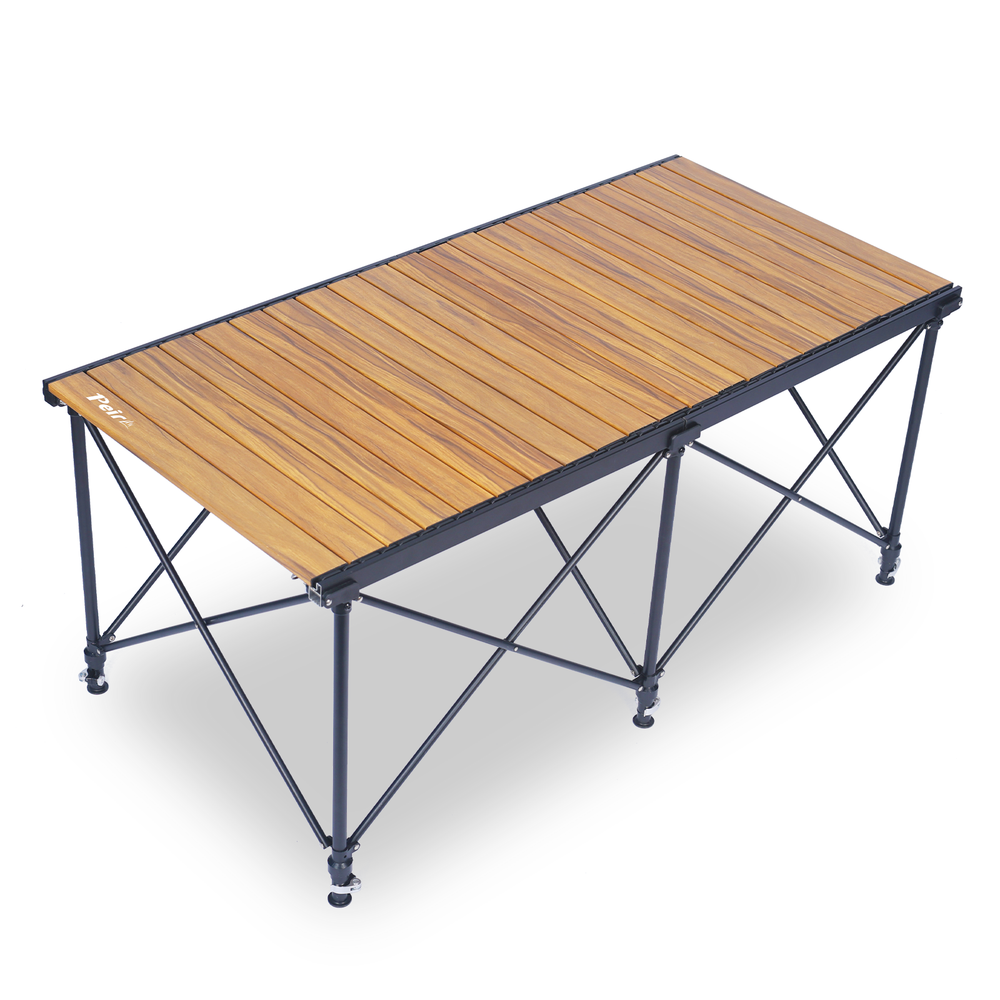Mould and mildew are types of fungus that thrive on damp materials, and they can make your tent unusable. You can recognize these fungi by their colors: mould typically appears in black, blue, red, or green shades, while mildew is white or pale yellow. If left unchecked, both can rot your tent, and sleeping in a mouldy environment can pose risks, especially for people with allergies or asthma.
Understanding Mold on Tents
What is Mold?
Mold is a type of fungus that doesn’t rely on sunlight to grow like plants. Instead, it derives energy by breaking down organic matter, such as fabric. Mold excretes enzymes that cause organic materials to decompose, creating waste in the process. This makes mold nature’s recycling system, which is essential to the natural world, but problematic when it’s on your tent.
Where Does Mold Come From?
Mold is widespread in nature, clinging to everything from clothes to skin, leaves, and bugs. It thrives in damp, dark environments where organic matter is abundant. Areas like rainforests or tropical climates are ideal for mold growth. Mold reproduces by releasing spores that can spread easily through air or water, and it can develop in just 24 hours if conditions are right.
How Do Mold and Mildew Develop on a Tent?
If you pack your tent away while it’s still wet, mould and mildew are likely to develop. Prevention is always better than cure, so it’s important to dry your tent as thoroughly as possible before storing it. Additionally, here are a few tips to prevent mould and mildew from spreading:
- Clean your tent regularly: After every long camping trip, especially if it’s covered in sand, fine dust, mud, or tree sap. If you camp frequently, clean it at least once a season.
- Store it in a cotton canvas bag: Avoid using plastic bags, as they don’t allow air to circulate, which can cause condensation and mould growth.
- Ensure proper ventilation when pitching the tent: This reduces condensation and helps prevent the growth of mould and mildew.
How to Clean Mould and Mildew Off a Tent
Assessing the Damage
Before cleaning, assess how much mould or mildew is on your tent. If the affected area is small, lukewarm soapy water may suffice. For larger, darker stains, you’ll need a stronger solution, like an enzyme cleaner.
Steps to Clean Your Tent:
- Pitch your tent: It’s easier to clean the fabric when it’s taut.
- Brush off the mould and mildew: Use a soft brush or cloth to sweep away the fungus.
- Wash the affected areas: Clean with soapy water or a specialist cleanser.
- Rinse thoroughly: Wash off the cleaner and let the tent dry completely in sunlight.
- Repeat if necessary: Stubborn stains may need a second cleaning.
How to Remove Black Mould from a Tent
Black mould is more challenging to remove and may not come out completely, especially if it has penetrated the tent’s fibres. However, you can still try to minimize the stain. Some DIY remedies include:
- White vinegar and water solution
- Baking soda mixed with water
- Lemon juice
- Essential oils like tea tree oil
Avoid using bleach, as it can damage your tent’s waterproof and UV coating. When using any solution, do not leave it on the fabric for longer than an hour.
How to Remove Mould and Mildew from a Canvas Tent
Mould and mildew on canvas tents are problematic, as organic materials like cotton don’t mix well with these fungi. Once mould infiltrates the fibres, it’s difficult to remove completely, but you can try to stop it from spreading by following these steps:
- Spray the mouldy area with distilled white vinegar.
- Let the vinegar dry in the sun: The sun acts as a natural bleaching agent, helping to kill bacteria.
- Scrub any remaining mould with a medium-bristle brush: Use a mixture of lemon juice, salt, and hot water.
- Apply a canvas treatment: After the cleaning, treat the fabric with a suitable canvas treatment.
Avoid using detergent soaps or bleach on canvas, as they can degrade the fabric and be hard to rinse out.
Deep Cleaning a Very Dirty Tent
If you’ve neglected your tent for a while and it’s heavily stained with mould or mildew, there’s still hope. However, keep these points in mind:
- Expect the tent to never look brand new again: Mold stains are difficult to remove entirely, but with patience, you can extend the tent’s lifespan.
- Be prepared for hard work: Cleaning a heavily soiled tent takes time and may require several passes.
- Ask for help: Tents are heavy, and a wet tent is even heavier.
If you perfect this cleaning process, you might even consider starting a tent-cleaning business!
Mould on Canvas Tents
Canvas tents are a popular choice among outdoor enthusiasts because of their durability and breathability. However, if not properly maintained, they can develop mould, which not only damages the fabric but also poses health risks, such as allergies and respiratory issues.
Cleaning Mold on Canvas Tents:
-
Gather the Necessary Supplies:
- Soft-bristle brush or sponge
- Mild detergent or soap (natural soaps like Ivory are ideal)
- Water
- Vinegar or hydrogen peroxide (optional)
- Protective gloves
- Salt, lemon, and hot water (natural alternative)
-
Prepare the Cleaning Solution:
- Basic Cleaning Solution: Mix mild detergent or soap with water for general cleaning.
- Stubborn Mold Stains: Try vinegar solution (1 part vinegar to 3 parts water) or hydrogen peroxide for tougher stains.
- Natural Solution: Use a mix of salt, lemon, and hot water for a gentle alternative.
-
Remove Loose Mold:
- Start by brushing the affected areas with a dry soft-bristle brush or sponge to remove loose mould.
- Wear protective gloves, and dispose of the mould in a sealed bag to avoid spreading spores.
- Ensure you work in a well-ventilated area.
-
Apply the Cleaning Solution:
- Apply the cleaning solution to the affected areas using a soft brush or sponge.
- Work in small sections, paying special attention to seams and folds.
- For stubborn stains, use the vinegar or hydrogen peroxide solution sparingly.
-
Rinse the Tent:
- After scrubbing, rinse the tent thoroughly with clean water, ensuring all cleaning solution residue is washed away.
- Allow the tent to dry completely in the sun.
Final Inspection: Once the tent is dry, inspect it for any remaining mould spots. If necessary, repeat the cleaning process on those areas.












 Peirhw Inflatable House Tent - Starry Night Love
Peirhw Inflatable House Tent - Starry Night Love
 Peirhw Glamping Tents - Friendship Castle
Peirhw Glamping Tents - Friendship Castle
 Peirhw Inflatable Canopy Tent - Adventurer
Peirhw Inflatable Canopy Tent - Adventurer



 Peirhw Portable Air Conditioner
Peirhw Portable Air Conditioner
 【Advance Sale】Peirhw Portable Power Station 2400W
【Advance Sale】Peirhw Portable Power Station 2400W
 【Advance Sale】Peirhw Portable Power Station 600W
【Advance Sale】Peirhw Portable Power Station 600W





 Peirhw Self Inflating Sleeping Pad
Peirhw Self Inflating Sleeping Pad
 Peirhw Air Mattress (8" Queen Type)
Peirhw Air Mattress (8" Queen Type)
 Peirhw Camping Sleeping Bag
Peirhw Camping Sleeping Bag


 Peirhw Butterfly-shaped Canopy for Camping
Peirhw Butterfly-shaped Canopy for Camping
 Peirhw Camping Waterproof Canopy (Cannot be Purchased Separately)
Peirhw Camping Waterproof Canopy (Cannot be Purchased Separately)


 Peirhw Outdoor Folding Chairs
Peirhw Outdoor Folding Chairs
 Peirhw Folding Camping Table
Peirhw Folding Camping Table












